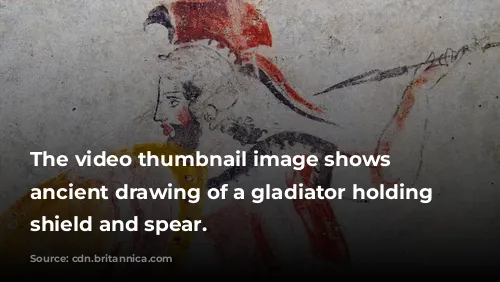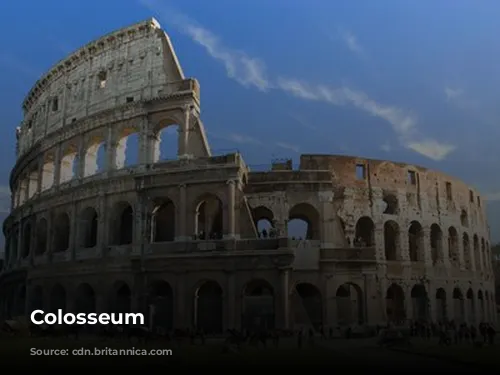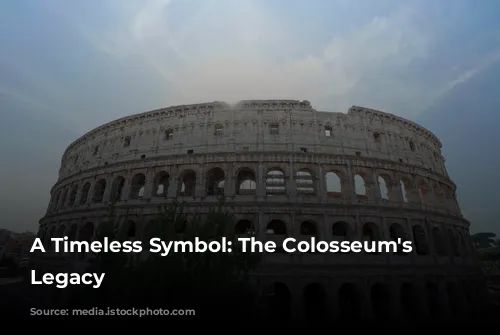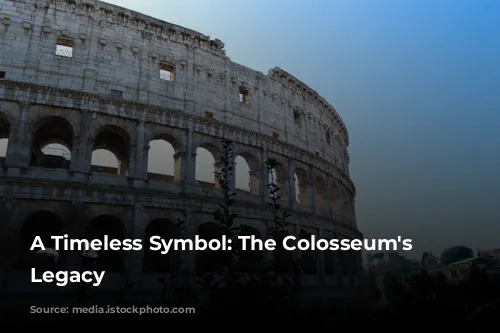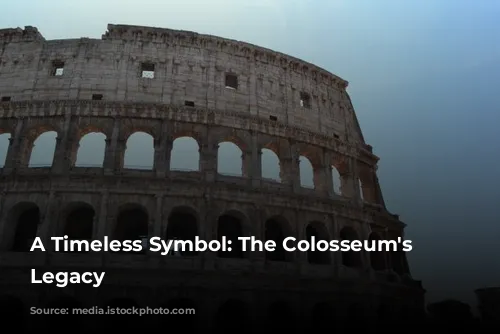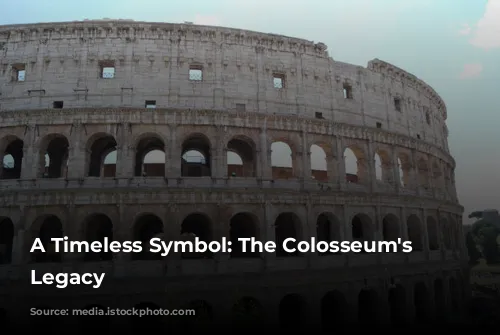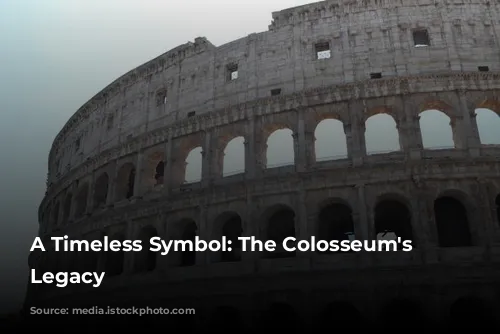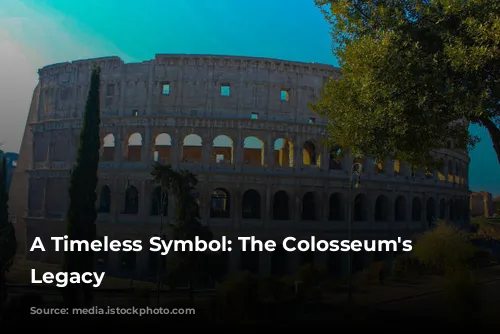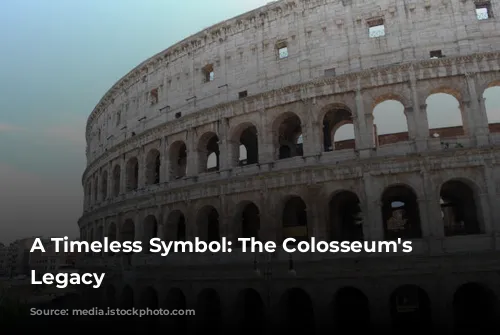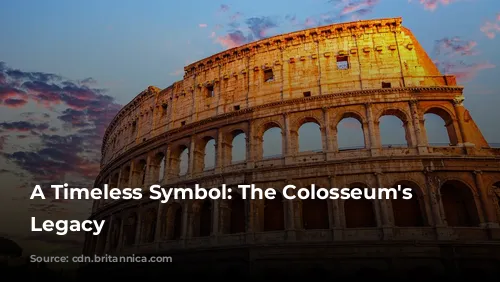The Colosseum, a colossal amphitheater standing as a testament to Roman architectural brilliance, stands as one of the few largely unscathed remnants of the Roman Empire. Its grandeur attracts millions of visitors each year, generating substantial tourism revenue for Italy. In 2018, the Colosseum, Roman Forum, and Palatine Hill together raked in over $63.3 million (€53.8 million), claiming the title of Italy’s highest-grossing tourist attraction.
This iconic structure has weathered the storms of time, enduring periods of neglect and repurposing. After the Western Roman Empire’s fall, the Colosseum fell into disrepair, becoming a fortress for powerful families like the Frangipane and Annibaldi during the 12th century. Its fate took a turn for the worse in the late 15th century when Pope Alexander VI permitted the Colosseum to be used as a quarry, its stones plundered for other projects. This disregard for the Colosseum continued for over a millennium before state-funded restoration efforts were launched in the 1990s.
The Colosseum’s construction, a symbol of imperial might, was initiated by Emperor Vespasian between 70 and 72 CE. It was a grand endeavor, undertaken to revitalize Rome after the turbulent year of the four emperors in 69 CE. Like other amphitheatres, Vespasian envisioned the Colosseum as a center for entertainment, hosting a diverse range of spectacles including thrilling gladiator battles, captivating animal hunts, and even dramatic mock naval battles.
The Colosseum’s completion, a testament to Vespasian’s vision, was dedicated in 80 CE by his son and successor, Titus. The structure’s fourth story was later added by Emperor Domitian in 82 CE. This majestic monument was financed with spoils from Titus’s capture of Jerusalem in 70 CE, built, unfortunately, by enslaved Jews from Judea.
A Masterpiece of Engineering
The Colosseum, also known as the Flavian Amphitheatre, is an awe-inspiring elliptical structure constructed from stone, concrete, and tuff. This towering marvel, reaching four stories high, measures an impressive 620 by 513 feet (189 by 156 meters) and could accommodate up to 50,000 spectators. The Colosseum, famously used for gladiatorial combat, stands as a symbol of Roman engineering prowess.
Located east of the Palatine Hill, on the former grounds of Nero’s Golden House, the Colosseum’s location was a symbolic choice. The artificial lake that was the centerpiece of Nero’s opulent palace was drained, and the Colosseum was erected in its place, a statement of Vespasian’s desire for a public space instead of a tyrannical ruler’s private indulgence. Vespasian, who ascended to the throne after relatively humble beginnings, sought to replace Nero’s extravagance with a public amphitheater that could unite Romans.
The Colosseum’s construction was a marvel of its time, showcasing a complex system of barrel and groin vaults. Unlike earlier amphitheatres, which relied on hillsides for support, the Colosseum is a freestanding structure, standing proudly as a testament to Roman engineering. Its three lower stories feature arcades framed by engaged columns in the Doric, Ionic, and Corinthian orders, a design that would later inspire the Renaissance’s “assemblage of orders.” The Colosseum’s facade is crafted from travertine, while volcanic tufa forms its secondary walls, and concrete is used for the inner bowl and arcade vaults.
A Stage for Spectacle
The Colosseum’s vast seating capacity, accommodating an estimated 50,000 spectators, was carefully designed to shield viewers from the sun. A massive retractable velarium (awning) was supported by masts extending from the Colosseum’s top story, requiring hundreds of Roman sailors to manipulate the rigging. The Colosseum was the scene of countless captivating spectacles, from gladiatorial combat and man-versus-animal contests to elaborate mock naval battles. Although there is some debate, it is uncertain whether the arena was the site of early Christian martyrdoms.
Throughout the Middle Ages, the Colosseum served a variety of purposes, transforming from a church to a fortress. Two prominent Roman families, the Frangipane and the Annibaldi, used the Colosseum as their stronghold. However, the Colosseum suffered significant damage from lightning strikes, earthquakes, vandalism, and pollution. Its marble seats and decorative elements disappeared, as the site was treated as a quarry for over a thousand years.
The Colosseum’s preservation began in earnest in the 19th century, with notable efforts led by Pius VIII. A major restoration project was undertaken in the 1990s, breathing new life into the once-neglected structure. Today, the Colosseum remains one of Rome’s most cherished tourist attractions, welcoming close to seven million visitors annually. Regularly changing exhibitions showcase the rich culture of ancient Rome, keeping the Colosseum’s legacy alive for generations to come.

